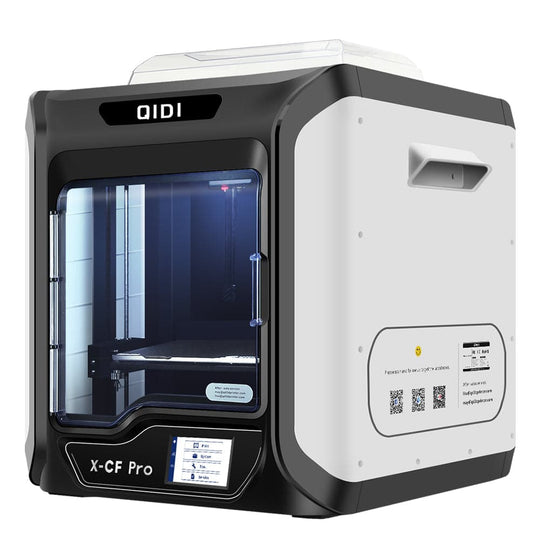The Ultimate Beginner's Guide to 3D Printing with PLA Filament
3D printing has revolutionized the way we create and manufacture objects. For those just starting out, understanding the basics of a 3D printer for beginners with PLA filament is essential. This guide will provide you with the necessary insights to embark on your 3D printing journey. 
What is PLA Filament?
PLA, or Polylactic Acid, is a biodegradable thermoplastic made from renewable resources like corn starch or sugarcane. It is one of the most popular materials used in 3D printing, especially for beginners. Why is PLA filament favored? Here are a few reasons:
- Easy to print: PLA adheres well to the print bed and has a low tendency to warp.
- Environmentally friendly: Being biodegradable, it is a sustainable choice.
- Variety of colors: PLA is available in a wide range of colors and finishes.
Choosing the Right 3D Printer for Beginners with PLA Filament
When selecting a 3D printer for beginners with PLA filament, consider the following factors:
- Build Volume: Ensure the printer has a suitable build volume for your projects.
- Print Quality: Look for printers that offer high-resolution printing.
- Ease of Use: User-friendly interfaces and setup processes are crucial for beginners.
- Price: Determine your budget and find a printer that meets your needs without breaking the bank.
For a comprehensive selection of 3D printers, visit  . .
Setting Up Your 3D Printer
Once you have chosen your 3D printer for beginners with PLA filament, setting it up correctly is vital. Follow these steps:
- Assemble the printer according to the manufacturer's instructions.
- Level the print bed to ensure even printing.
- Load the PLA filament into the extruder.
Have you checked the printer's temperature settings? PLA typically prints well at temperatures between 180°C and 220°C. Adjusting these settings can significantly affect the quality of your prints.
Tips for Successful 3D Printing with PLA
To achieve the best results when using a 3D printer for beginners with PLA filament, consider the following tips:
- Use a heated bed if possible, as it can help with adhesion.
- Experiment with different print speeds to find what works best for your printer.
- Keep the filament dry and store it in a cool, dark place to prevent moisture absorption.
By following these guidelines, you will be well on your way to creating stunning 3D printed objects.
Conclusion
In summary, understanding how to effectively use a 3D printer for beginners with PLA filament can open up a world of creativity and innovation. With the right printer, proper setup, and a few helpful tips, you can produce high-quality prints that meet your needs. Happy printing!
|